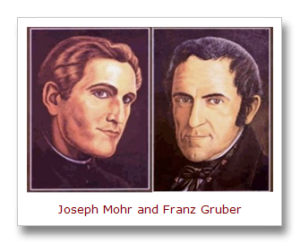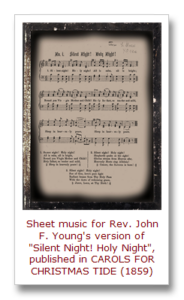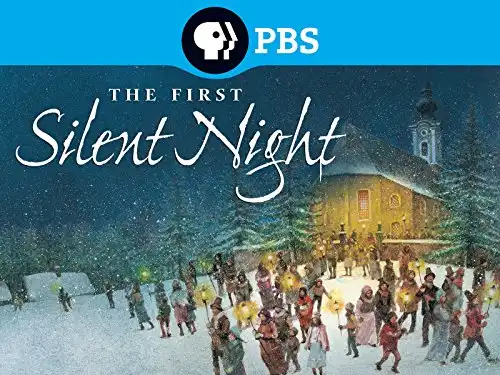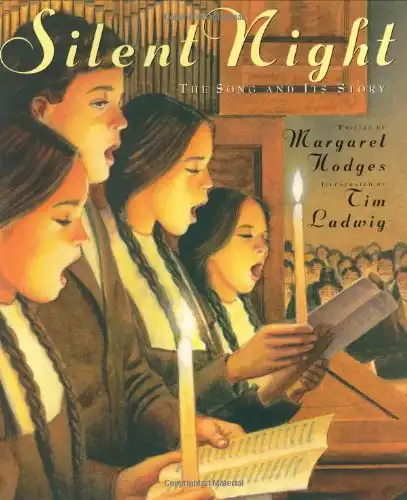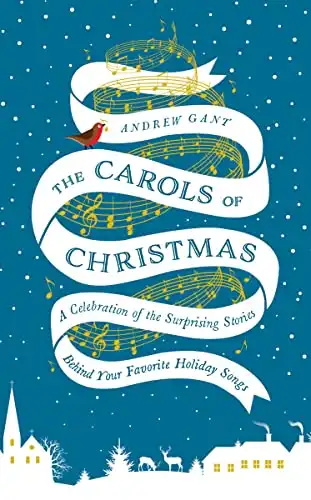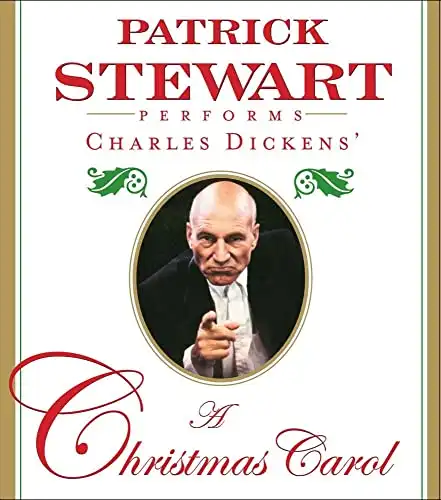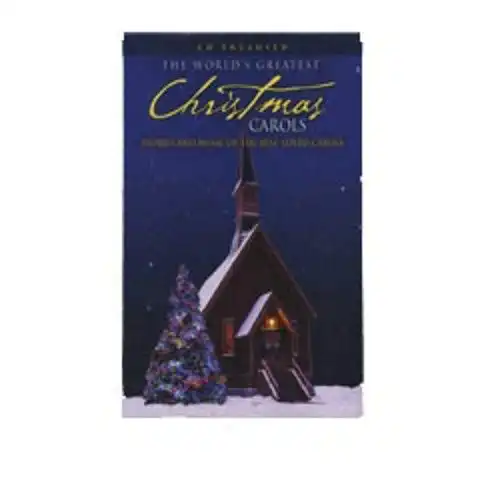In 1818, during the annual Christmas Midnight Mass at the St. Nicholas Church at Oberndorf, Austria, the song we know as “Silent Night! Holy Night!” (or just “Silent Night”) was performed in public for the first time.
Most sources say this happened on Christmas Eve, the night of December 24, 1818, though some say it was after midnight on December 25.
The lyrics of the song were written in German by Joseph Mohr (1792-1848), an Austrian Catholic priest who sang tenor during the song’s debut.
The church organist, Franz Gruber (1787-1863), wrote the music.
During that first performance of the song, Gruber accompanied Mohr and the choir on guitar. According to legend, he played a guitar because a mouse had chewed on and damaged the bellows of the church organ.
The original German title of the song — “Stille Nacht! Heilige Nacht!” — is taken from the opening line of the first verse:
“Stille Nacht! Heilige Nacht!
Alles schläft; einsam wacht
Nur das traute heilige Paar.
Holder Knab im lockigten Haar,
Schlafe in himmlischer Ruh!
Schlafe in himmlischer Ruh!”
Today, the familiar English version of this first verse that most of us know is:
“Silent night! Holy night!
All is calm, all is bright.
Round yon virgin mother and child,
Holy infant so tender and mild.
Sleep in heavenly peace,
Sleep in heavenly peace.”
However, it wasn’t until the 20th Century that this version became standard. And, although it’s the only one most people are aware of today, there have actually been many different English translations.
A literal English translation of the German words of the first verse is something like this:
“Silent night! Holy night!
All are sleeping, alone and awake
Only the intimate holy pair,
Lovely boy with curly hair,
Sleep in heavenly peace!
Sleep in heavenly peace!”
The most famous English version of the song was written by American Episcopal Bishop John Freeman Young (1820-1885) and first published in 1859.
Young made up his own words for the middle part of the first verse and for most of the other two verses (of the original six) that he “translated.”
His English adaptation became the one that’s best known. But it wasn’t the first.
According to the authoritative, amazingly detailed history of the song on The Hymns and Carols of Christmas site, an American named J. F. Warner created what is believed to be the oldest English version of Mohr’s German lyrics in 1849.
Warner titled the song “Silent Night! Hallowed Night!”
That makes sense since “hallowed” is one of the possible translations of the German word Heilige. (It can also be translated as awed, blessed, devout, righteous, sacred, saintly, solemn — or holy.)
Warner’s lyrics for the rest of the first verse (and other verses) are, if anything, even more creative “translations” than Young’s.
He started his version of the song this way:
“Silent night! halllow’d night!
Land and deep silent sleep,
Softly glitters bright Bethlehem’s star,
Beck’ning Israel’s eye from afar,
Where the Saviour is born,
Where the Saviour is born.”
Another early English translation that preceded Young’s was written in 1858 by Emily E.S. Elliott. She titled her version of the song “Stilly Night, Holy Night.” Elliott’s lyrics also bear little relation to the original German.
Since then, twenty or so other English versions of “Stille Nacht! Heilige Nacht!” have been created, each with its own unique lyrics.
But at some unknown turning point in the 20th Century, for some unknown reason, Rev. Young’s became the standard.
There’s a good chance you’ve been hearing — and possibly singing — his words this Holiday season.
Merry Christmas, Happy Hanukkah, Happy Kwanzaa and Happy Everything Else from ThisDayinQuotes.com!
* * * * * * * * * *
Comments? Corrections? Questions? Email me or post them on my Famous Quotations Facebook page.
Related listening and reading…


